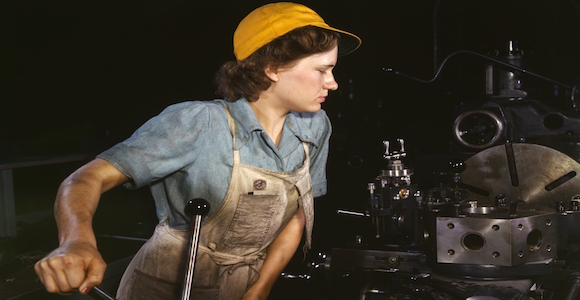
Perhaps the most fundamental error made by authors, whether novice or experienced, is that all their characters, male and female, tend to reflect the gender of the author. This is hardly surprising, since recent research finally proves that men and women use their brains in different ways. So how can an author overcome this gap to write characters of the opposite sex that are both accurate and believable to their own gender?
In this tip, we’ll explore the nature of male and female minds and provide techniques for crafting characters that are true to their gender.
At first, it might seem that being male or female is an easily definable thing, and therefore easy to convey in one’s writing. But as we all know, the differences between the sexes have historically been a mysterious quality, easily felt, but in fact quite hard to define. This is because what makes a mind male or female is not just one thing, but also several.
First, let’s consider that gender has four principal components:
Anatomical Sex
Sexual Preference
Gender Identity
Mental Sex
Anatomical sex describes the physicality of a character – male or female. Now, we all know that people actually fall in a range – more or less hairy, wider or narrower hips, deeper or higher voice, and so on. So although there is a fairly clear dividing line between male and female anatomically, secondary sexual characteristics actually create a range of physicality between the two. Intentionally choosing these attributes for your characters can make them far less stereotypical as men and women.
Sexual Preferences may be for the same sex, the opposite sex, both, or neither (or self). Although people usually define themselves as being straight, gay, bi, or celibate, this is also not a fixed quality. Statistics shows, for example, that 1/3 of all men have a homosexual encounter at least once in their lives.
Although it often stirs up controversy to say so, in truth most people have passing attractions to the same sex, be it a very pretty boy or a “butch” woman.
Consider the sexual preference of your characters not as a fixed choice of one thing or another, but as a fluid quality that may shift over time or in a particular exceptional context.
Gender Identity describes where one falls on the scale between masculine and feminine. This, of course, is also context dependent. For example, when one is in the woods, at home with one’s family, or being chewed out by the boss.
Gender Identity is not just how one feels or things of oneself, but also how one act’s, how one uses one’s voice, and how one wishes to be treated. Often, a male character may have gentle feelings but cover them up by overly masculine mannerisms. Or, a female character may be “all-business” in the workplace out of necessity, but wishes someone would treat her with softness and kindness.
Actually, Gender Identity is made up of how one acts or wishes to act, and how one is treated or wishes to be treated. How many times have we seen a character who is forced by others to play a role that is in conflict with his or her internal gender self-image? Gender Identity is where one can explore the greatest nuance in creating non-stereotypical characters.
Finally, Mental Sex describes where one falls on the scale from practical, binary, linear, logistic, goal-oriented thinking to passionate, flexible, emotional, process-oriented thinking. In fact, every human being engages in ALL of these approaches to life, just at different times and in different ways.
Now, in creating characters, consider that each of the four categories we just explored is not a simple choice between one thing or another, but a sliding scale (like Anatomical Sex) or a conglomerate of individual traits (like Gender Identity). Then, visualize that wherever a character falls in any one of those four categories places absolutely no limits on where he or she may fall in the other categories.
For example, you might have a character extremely toward male anatomical sex, bi-sexual (but leaning toward a straight relationship at the moment), whose gender identity is rough and tumble (but yearns to be accepted for his secret sensitivity toward impressionistic paintings) who is practical all the time (except when it comes to sports cars).
Any combination goes. But when it comes to Mental Sex itself, there are four sub-categories within that area alone which tend to define the different personality types we encounter:Memory relies on our training to organize our considerations in a give situation toward components or processes. And every character always has a Conscious choice to focus on the components or processes at any given moment. In other words, in a given situation, at each level of Mental Sex does a character center on the way things are or the way things are going? At each level is the character more interested in getting his or her ducks in a row or in a pond?
Subconscious
Memory
Conscious
Preconscious
In brief, each of these “levels” or “attributes” of the mind can lean toward seeing the world in definable or experiential terms. Pre-conscious is a tendency to perceive the world in components or as processes that is determined before birth. It is the foundation of leaning toward the tradition “male” or “female” personality traits. Subconscious determines the tendencies we have to be attracted or repelled from component or process rewards.
Finally, beyond all of these considerations is the cultural indoctrination we all receive that leads us to respond within social expectations appropriately to the role associated with our anatomical sex. These roles are fairly rigid and include what is proper to wear, who speaks first, who opens the door or order the wine, who has to pretend to be inept where and skilled where else (regardless of real ability or lack there of in that area), the form of grammar one uses in constructing sentences, the words one is expected to use (“I’ll take a hamburger,” vs. “I’d like a salad”), and the demeanor allowable in social interaction with the same and the opposite sex, among many other qualities.
In the end, writing characters of the opposite sex requires a commitment to understand the difference between those qualities, which are inherent and those, which are learned, and to accept that we are all made of the same clay, and merely sculpt it in different ways.


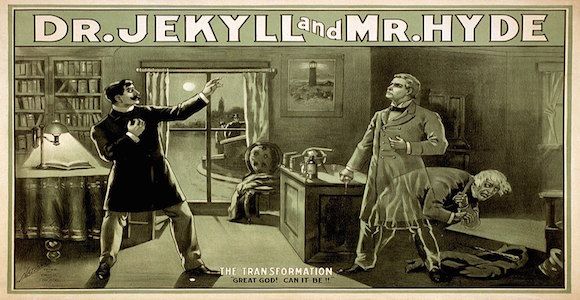
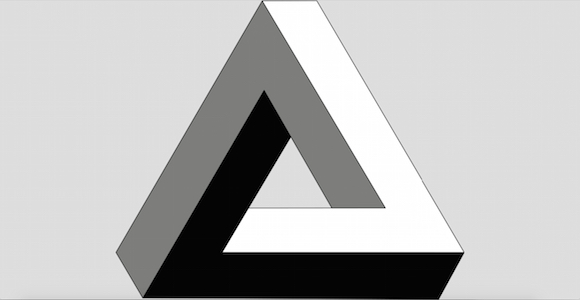

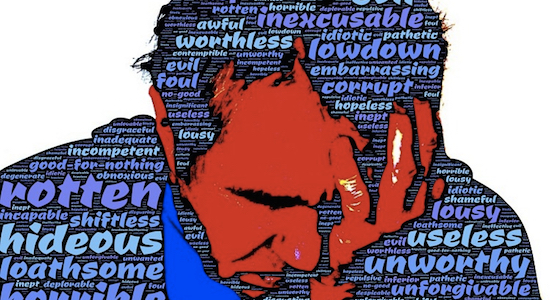
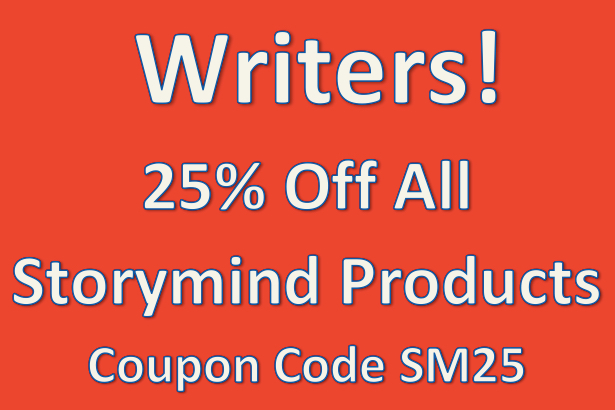
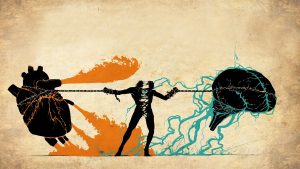 Consider the Main Character and the Influence Character who, it would seem at first blush, are as opposite as they can be in regard to some underlying philosophical perspective, world view, belief system or moral code.
Consider the Main Character and the Influence Character who, it would seem at first blush, are as opposite as they can be in regard to some underlying philosophical perspective, world view, belief system or moral code.